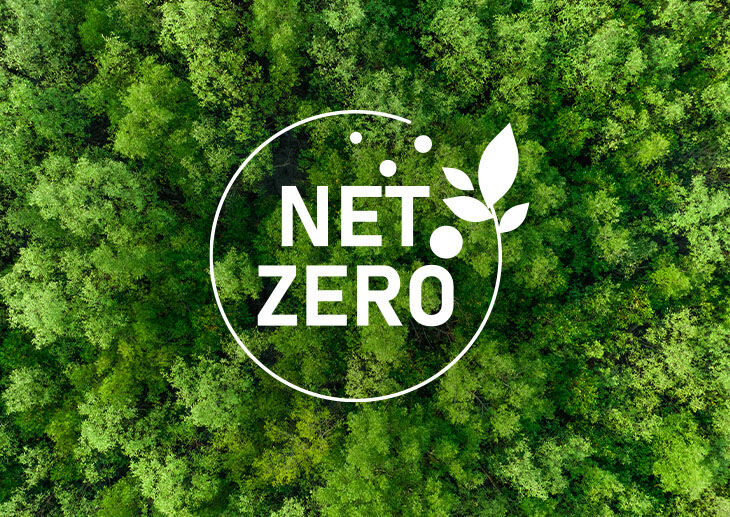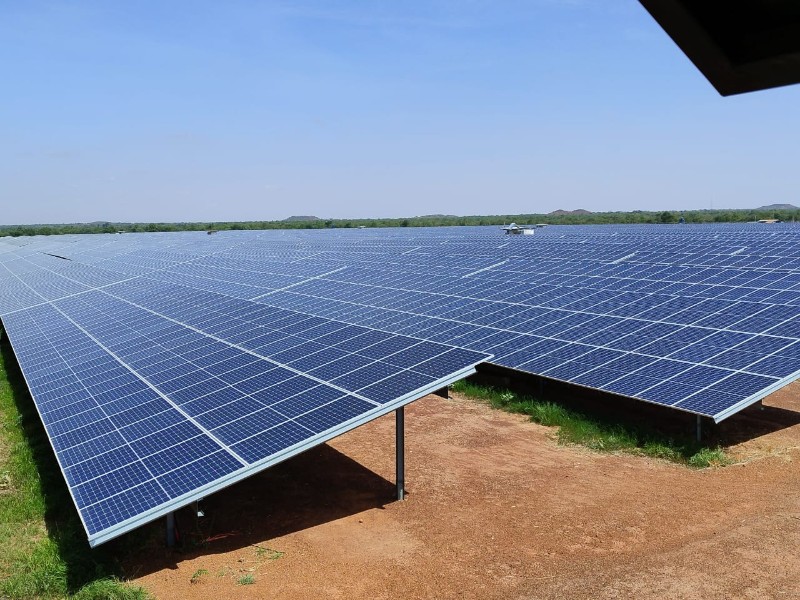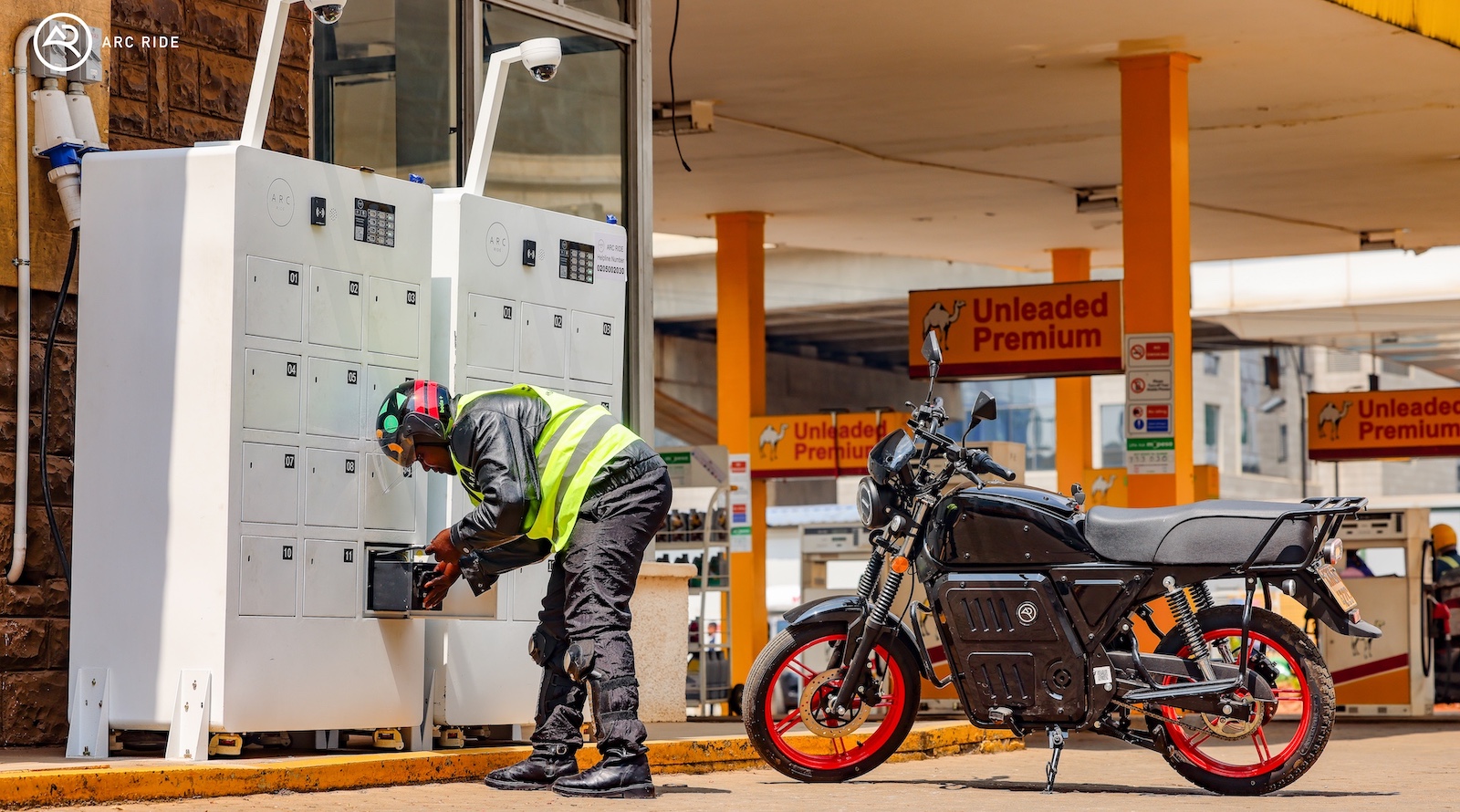In a timely boost for the world’s stalling energy transition, the International Finance Corporation (IFC) has proposed a landmark $100 million equity investment in the Actis Energy 6 Fund, alongside a $100 million co-investment envelope, for a potential total of up to $200 million.
The move, disclosed on November 12, 2025, aims to turbocharge sustainable energy infrastructure in high-growth emerging markets. With Actis Energy 6 targeting a $6 billion close, the partnership is a calculated bet that renewables can still be scaled fast enough to keep the world’s net-zero ambitions alive.
The Global Context: The Clock Is Ticking
Global clean energy investment reached a record $1.8 trillion in 2023, but it needs to quadruple to $4.5 trillion annually by the early 2030s to align with the Paris Agreement.
Instead, the 2025 data tells a different story: the net-zero by 2050 target is slipping out of reach due to scaling barriers, policy reversals, and supply chain choke points.
Emerging markets, which are home to over 1 billion people without reliable power, face a $2.8 trillion funding gap for implementing their Nationally Determined Contributions (NDCs).
Against this backdrop, the IFC–Actis alliance may not change the math overnight, but it’s a model for how blended finance can move the needle.
The Deal: Building a $6 Billion Clean Energy War Chest
Actis Energy 6, the latest in Actis’s renewable energy series, will deploy capital across solar, wind, hydro, gas transitions, and grid upgrades spanning Africa, Asia, Latin America, the Middle East, and Central/Eastern Europe regions where energy demand grows 3–4% annually.
The fund builds on Actis’s formidable record. Since spinning out from the UK’s CDC Group in 2004, Actis has raised $26 billion across 200+ deals in 40+ countries, making it one of the most active emerging-market investors in sustainable infrastructure.
Past funds delivered outsized impact:
- Energy 4 Fund (2018) powered the $1 billion+ exit of Lekela Power, a 1 GW African wind portfolio sold to Masdar in 2023.
- Energy 5 and Long Life Infrastructure Fund II (2025) together attracted over $1.7 billion for brownfield renewables and grids.
The institution has committed $16.6 billion to climate projects, catalysing $62.7 billion in total mobilisation through de-risking instruments and co-financing.
At least 50% of Energy 6’s portfolio will target climate mitigation aligned with UN SDGs, PRI, and TCFD frameworks. Projections point to 6 million tonnes of CO₂ avoided annually and expanded access to clean power for millions.
The Players
The IFC has long been a backbone of renewable finance. In FY2024 alone, it committed $5.2 billion to climate projects, which comprises half in emerging markets making it one of the world’s largest private-sector climate investors.
Actis, meanwhile, brings local expertise and industrial execution. Following its 2024 merger with General Atlantic, Actis manages roughly $10 billion in AUM, contributing to the combined firm’s $108 billion global scale.
Partner Adrian Mucalov frames it clearly:
“In high-growth regions, we build resilient ecosystems that deliver essential services and combat climate change.”
That “ecosystem” approach has drawn institutional confidence. In October 2025, the Employees Retirement System of Texas allocated $35 million to Energy 6, citing its “value-add sustainability thesis.”
READ ALSO:
How BII and BlueOrchard Are Unlocking $250 Million in Insurance Capital for Climate Action
Impact in Action: From CO₂ Cuts to Community Power
Past Actis portfolios set high bars: Energy 4 alone helped avoid over 10 million tonnes of CO₂ while powering 5 million households.
The Lekela Power project generated 2.5 million MWh annually, enough to light 1.5 million South African homes.
Energy 6 aims to scale that legacy, deploying gender-lens investing, local job creation, and community engagement to ensure energy access reaches the 675 million people still living off-grid.
The fund will also enforce IFC’s rigorous ESG Performance Standards, emphasising biodiversity protection, water stewardship, and local consent mechanisms, which are critical in frontier markets where infrastructure footprints can be contentious.
Yet, even with leverage, the numbers show the limits:
| Metric | Actis Energy 6 (Est.) | Global Net-Zero Path (2025–2030 Avg.) |
|---|---|---|
| Investment Mobilized | $6B+ (equity & debt) | $1.4T (IRENA) |
| Capacity Added | 5–10 GW | 920 GW/year (IEA) |
| CO₂ Avoided | 30–60M tonnes (5 yrs) | 7.6 Gt/year |
| Energy Access | 10–20M people | 500M+ new connections |
(Sources: IEA, IRENA, REN21, PitchBook)
Even fully deployed, Energy 6’s reach represents less than 1% of the annual global need.
The Verdict: Vital but Not Enough Alone
So, can IFC and Actis have an impact? Not alone.
DNV’s 2025 Energy Transition Outlook pegs global net-zero odds at under 5% without a “quantum leap” in both policy alignment and capital flows.
Hurdles remain:
- Policy backtracking: U.S. rollbacks under the “One Big Beautiful Bill Act.”
- Supply bottlenecks: China controls 80% of solar manufacturing.
- FX volatility: deterring long-term investors in frontier markets.
Yet, this deal matters. For every $1 of IFC capital, $3–4 of private investment follows. If Energy 6 reaches its $6 billion close, it could mobilise up to $30 billion total, enough to expand clean energy access for 1 billion people over the next decade.
The catalysts:
- Policy tailwinds, like India’s $500 billion green corridor and the G20’s $7 trillion climate finance pledge.
- Falling solar costs, down to $20/MWh by 2027 (BNEF).
- Partnerships, as Actis teams with players like Masdar to accelerate joint ventures.
Powering the Possible: A Net-Zero Lifeline
IFC and Actis won’t achieve net-zero alone, but they’re charting the playbook for how to blend public capital and private ambition to move global energy transition from talk to traction.
In an era of transition fatigue, this $200 million commitment and $6 billion aspiration show that impact investing still scales when partnerships align.
For investors, policymakers, and climate watchers, the takeaway is clear: blended finance works, but scale is the next frontier. Fail to accelerate, and 2050 slips further from reach. Succeed, and the model could light up entire economies.
Time to invest like the planet depends on it because it really does.
Actis Energy Funds and Renewable Infrastructure Investments
Actis Energy 6, the latest in Actis’s energy fund series, continues the firm’s focus on sustainable power and infrastructure investments across emerging markets.
Previous funds like Actis Energy 4, Actis Energy 5 A LP, and Actis Energy 5 B LP have financed large-scale renewable projects globally.
Through vehicles such as the Actis Long Life Infrastructure Fund, the firm emphasises long-term, stable energy assets. Actis Fund initiatives are managed by Actis UK Advisers Limited, supporting projects in solar, wind, and clean infrastructure under the broader Actis renewable energy portfolio.
Ronnie Paul is a seasoned writer and analyst with a prolific portfolio of over 1,000 published articles, specialising in fintech, cryptocurrency, climate change, and digital finance at Africa Digest News.






